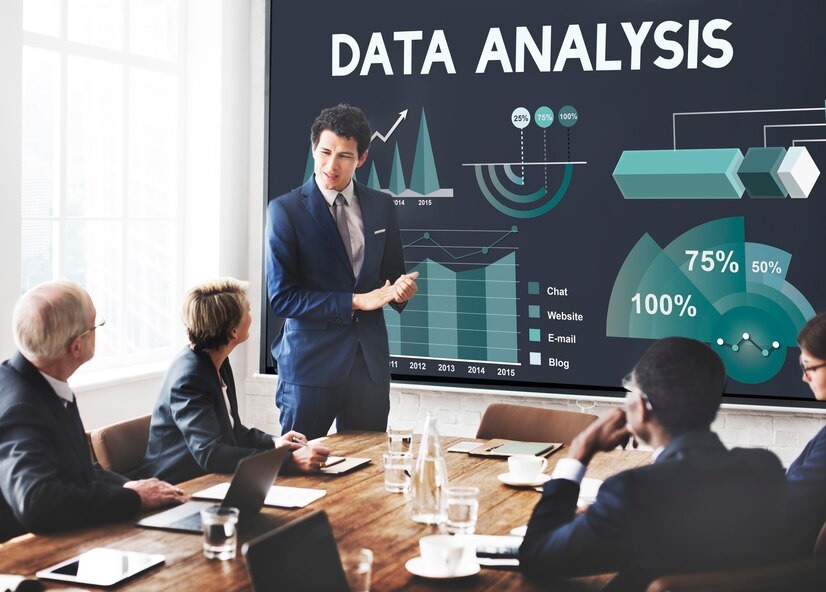
In the age of information, information science and analytics have ended up essential fields using selection-making and innovation across industries. While they share some similarities, those disciplines fluctuate in scope and alertness. In this manual, we will break down the concepts, techniques, and career paths associated with facts science vs. records analytics. We'll also explore data science and analytics in it.

Both fields rely upon fact series and cleansing, where facts are prepared for similarly exploratory means of casting off inconsistencies and dealing with missing values.
This method analyses data factors collected through the years to identify traits, seasonality, and cyclical styles important for industries like finance and retail.
Visualisation isn't just about graphs—facts storytelling includes offering insights actually to manual choice-making. Charts should be intuitive, nicely-classified, and aligned with the message.
Supervised algorithms like category and regression fashions predict effects based totally on categorised statistics.
Techniques like clustering and dimensionality reduction discover hidden styles in unlabeled datasets.
Deep learning, powered by neural networks, permits breakthroughs in photo popularity, language processing, and more.
The 3Vs of Big Data—quantity, range, and pace—present challenges that require specialised equipment for processing and evaluation.
Data mining entails using algorithms to identify trends and predict outcomes. Common algorithms include decision timber and affiliation policies.
Data mining is used drastically in e-trade, healthcare, and finance for purchaser segmentation, fraud detection, and recommendation systems.
Business intelligence (BI) specialises in the usage of statistics to make knowledgeable decisions. Platforms like Microsoft Power BI and Qlik Sense assist agencies in leverage records for method formulas.
BI tools enable real-time evaluation and reporting, giving businesses an aggressive area by figuring out market possibilities.
ETL techniques (Extract, Transform, Load) play a critical role in transferring information from more than one resources to garage answers like statistics warehouses or records lakes.
Data engineering ensures the accuracy, completeness, and governance of information thru based frameworks.
Predictive analytics helps hospitals manipulate patient care and sources.
Machine learning fashions are used for fraud detection and algorithmic buying and selling.
Customer segmentation and personalised guidelines force higher engagement and sales.
Data technology is used to optimise delivery chains and expect gadget failures.

Data technology covers the whole statistics lifecycle, from collection to prediction, at the same time as information analytics makes a speciality of studying statistics for insights.
Popular tools consist of Power BI, Tableau, and Python for fact visualisation and analytics.
Both careers have amazing capacity, with statistics scientists focusing on advanced modelling and fact analysts on ancient tendencies.
Data science and analytics are pivotal to unlocking insights from data and using innovation throughout industries. While information technology specialises in predictive fashions and device getting to know, analytics emphasises figuring out tendencies and helping choice-making. By knowing the similarities and variations among those fields and leveraging appropriate tools, corporations could make record-pushed decisions to thrive in the virtual economy.
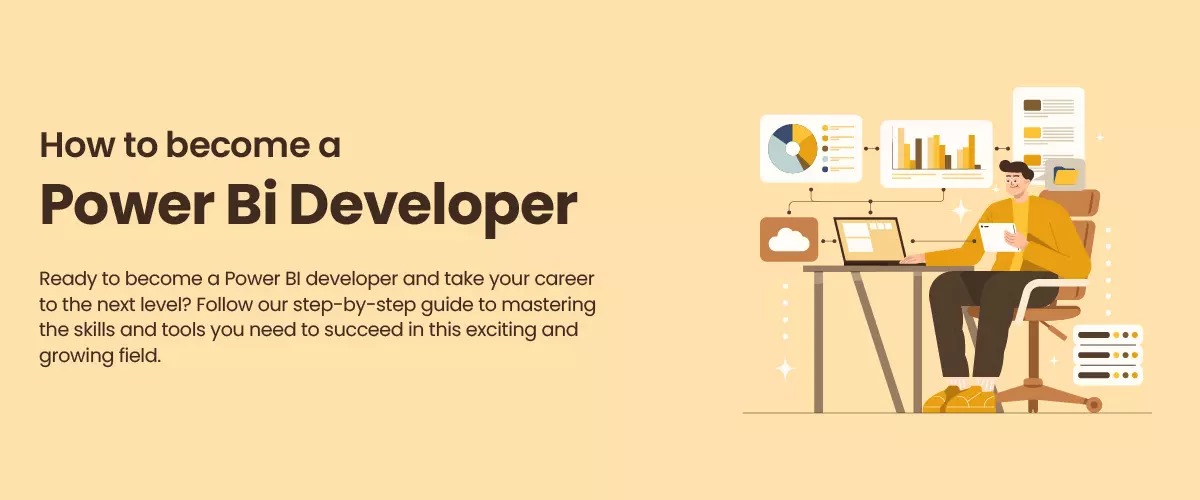
Advance Data Science and Power BI Course with Edify 2025
Read Article →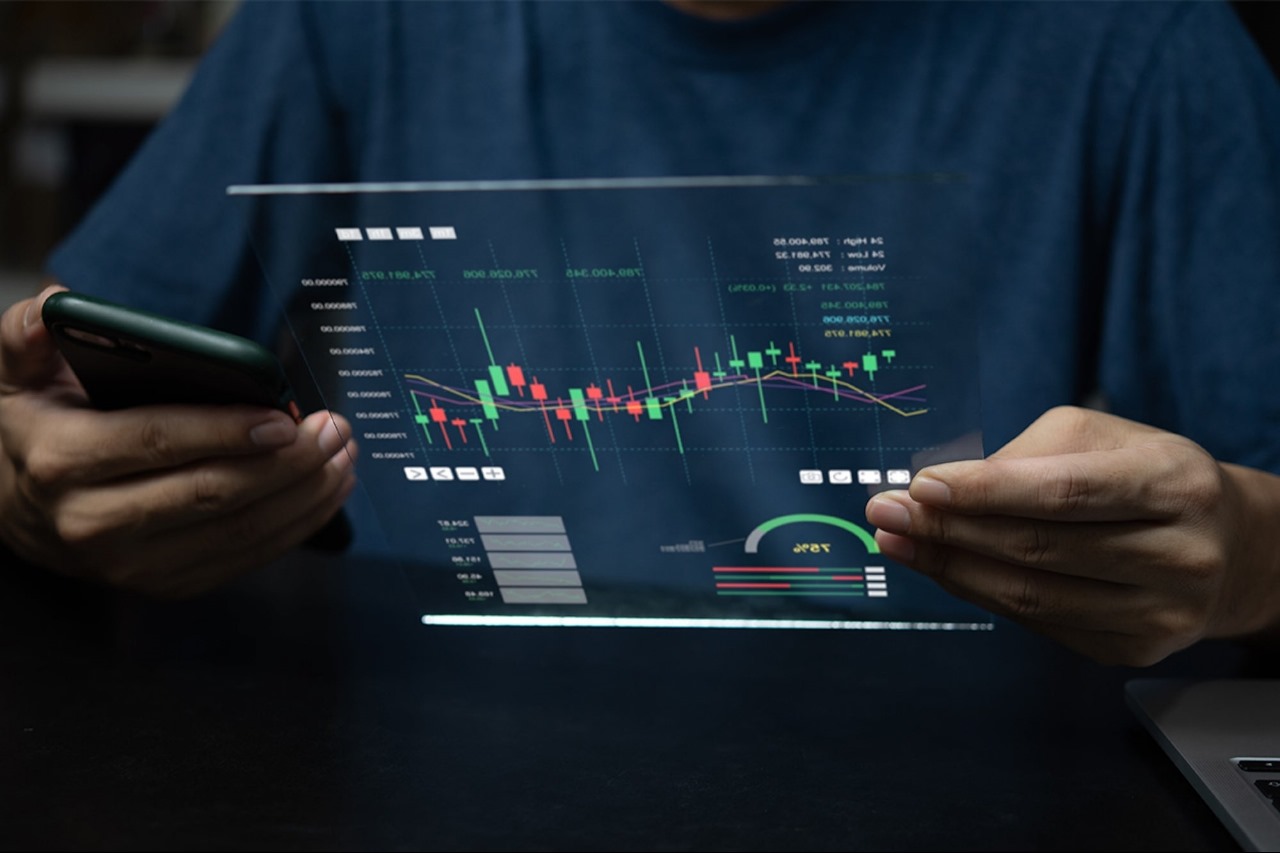
Forex and Crypto Trading Courses at Edify Faisalabad 2025 Launch
Read Article →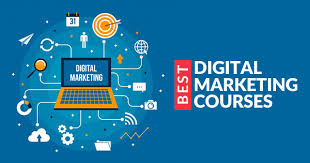
Best Digital Marketing Course: Find the Right Path to Success in 2025
Read Article →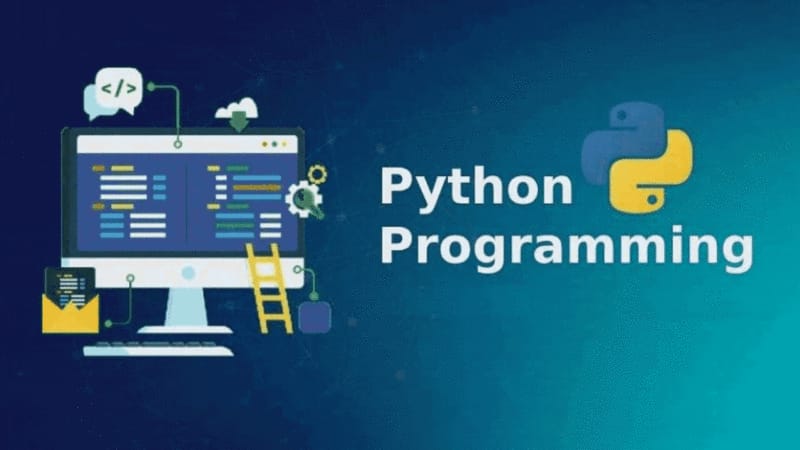
What is Python? | Discover Why It’s the Best Programming Language to Learn Today 2025
Read Article →
Short IT Courses in Faisalabad Your Fast Track to Digital Success 2025
Read Article →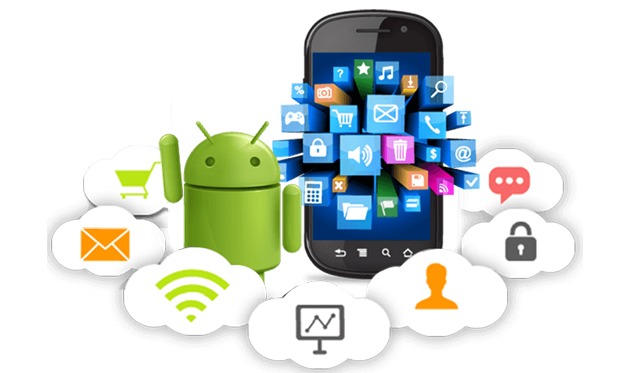
Android App Development Course A Complete Guide for Beginners 2025
Read Article →